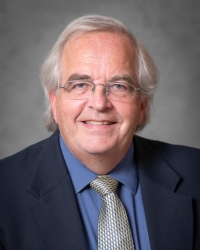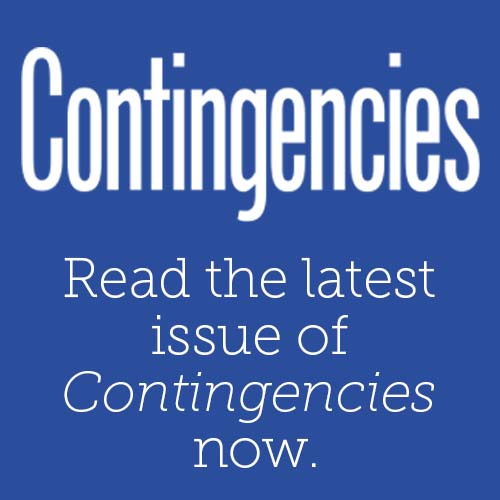Professionalism Webinar: A Guided Tour of the USQS
|
One aim of the USQS is to make sure that only qualified actuaries issue SAOs. To attain this goal, individual actuaries must exhibit a high level of professionalism, and Passwater tied an actuary’s level of professionalism to the value of the actuarial credential.
“What is the value of any credential in any profession?” he asked. “Notionally, it’s the level of expertise that’s required to get that credential—and all of us know getting an actuarial credential is no cakewalk—plus the commitment to professionalism. The level of professionalism is really up to each one of us every day. How professional you are determines the strength of the credential.” Campbell launched a discussion on SAOs, pointing out the two things that make a statement an SAO. One, it is made by an actuary performing actuarial services as defined in the Code of Professional Conduct, and two, it is intended to be relied upon.
“If you’re providing a statement to a principal, it is a statement of actuarial opinion unless it’s clearly marked that it’s not and should not be relied upon,” Campbell said. “You have to be careful, because even if you [mark a statement as draft], if there’s a reasonable likelihood that the principal’s going to rely on it, then it is a statement of actuarial opinion.”
To be qualified to issue an SAO, an actuary must not only have a credential, but must have met the experience requirements of the USQS. Tepfer explained that under the General Qualification Standard, an actuary must have three years of experience performing work that requires knowledge and skill in solving actuarial problems before issuing any SAO. For certain SAOs, actuaries must gain experience under the review of an actuary who was qualified to issue the SAO under the rules in effect at that time.
Discussing how to gain such experience if your organization does not have such a qualified actuary, Passwater argued that it is a premise of the USQS that “it is necessary to engage with another actuary fully qualified in that area in order to be a good actuary.” He encouraged actuaries in this situation to talk to their principal.
Such conversations often turn out better than expected, with the principal being pleasantly surprised that actuaries have such stringent standards, he said. In addition to basic education and experience, the USQS also requires actuaries to complete 30 hours of continuing education (CE) each year. Campbell outlined these requirements, including organized CE, and CE under the Specific Qualification Standards, and highlighted some of the differences between the USQS CE requirements—which actuaries must meet to issue SAOs in the United States—and the continuing professional development requirements for membership in other U.S. actuarial organizations.
Passwater noted that in his experience, actuaries are highly respected “because our predecessor actuaries took professionalism very seriously. We owe it to our principals, clients, and employers, as well as the profession, to do actuarial work only when we’re well qualified, and not do it when we’re not qualified.” The wisdom of others can be an enormous help, he said, noting that the Actuarial Board for Counseling and Discipline and the COQ can answer questions about the USQS.
Tepfer added some pop-culture color to his concluding remarks. “Someone once said that with great power comes great responsibility,” he said. “That was in a Spider-Man comic—but while actuaries might not be able to climb the walls of high-rises, we do have the power that comes with issuing important statements, some of which affect thousands or even millions of people.
“The public relies on us to do our job correctly and with care, and the standards that we have talked about today help us, as actuaries, meet the expectations of the public and of our profession,” he said. “I believe it’s an honor to be an actuary, and by being attentive to all of the USQS we can ensure we are doing our job and accepting that we have a great responsibility to the public and the U.S. actuarial profession.”
Slides and audio are available free to Academy members.
(Featured in the March 2018 Actuarial Update.)
Share







